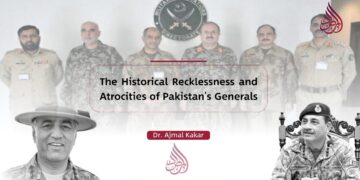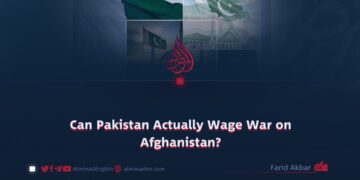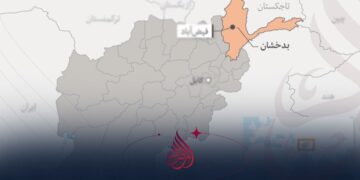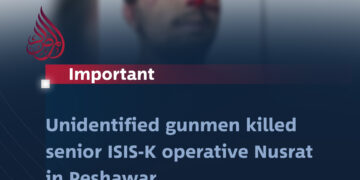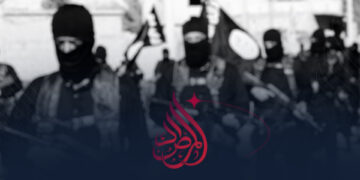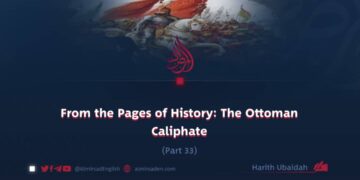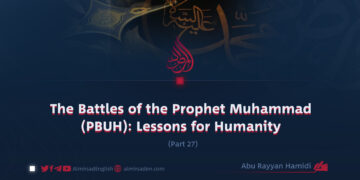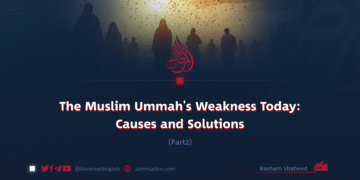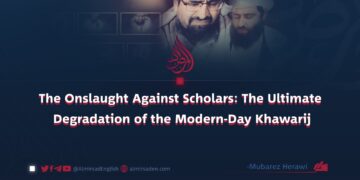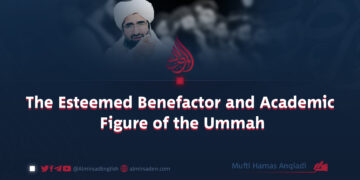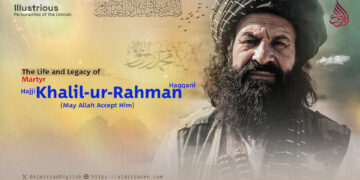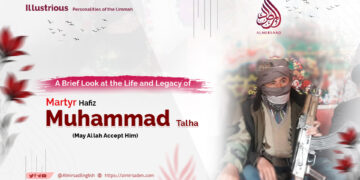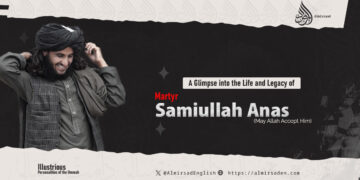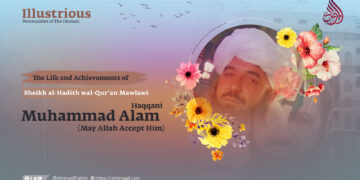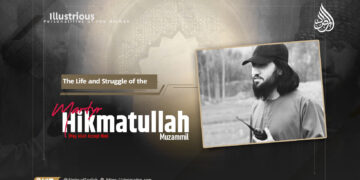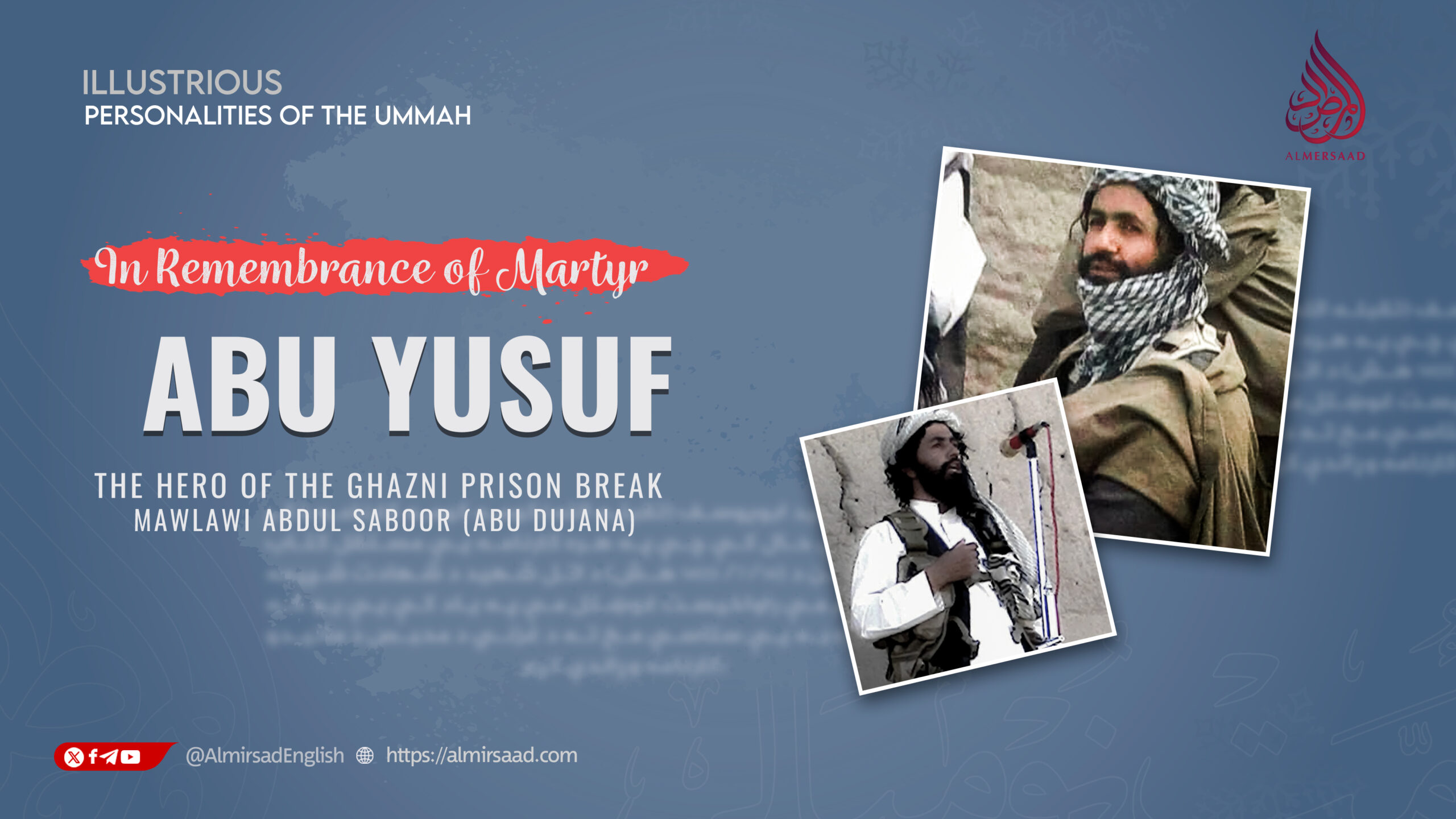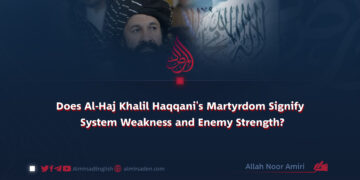By: Mawlawi Abdul Saboor (Abu Dujana)
It is challenging to encompass all of Martyr Abu Yusuf’s (May Allah accept him) remarkable achievements, as each one could fill an entire book. Today marks the sixth anniversary of his martyrdom (14/7/1403 Hijri Solar). I have taken up my pen to write something in his memory. In order to honor him, I will now narrate the heroic account of the Ghazni prison break:
I held leadership over the guerrillas and military faction situated in the heart of Ghazni city. One particular day, we visited the mosque in the village of Ghoriyano, where we witnessed the arrival of the courageous Martyr Abu Yusuf (May Allah accept him) at the mosque entrance, riding a motorcycle. He gestured towards the village gardens and requested my accompaniment. Without hesitation, I retrieved my rifle and followed in his footsteps.
On the way, he recited a Pashto couplet:
“O God, what fate do you have in store for me,
While others bloom, I remain a mere bud.”
He chuckled heartily and inquired, “Did you grasp the meaning of the couplet?” Before I could respond, he clarified, “I am referring to martyrdom. Many of our comrades have achieved it, yet I am still alive.” Upon hearing this, I felt a sense of sorrow and pondered, “His sole desire is for us to be left as orphans, nothing more.”
We arrived at the designated location, where he sat down without hesitation. He stated, “I have a plan developing in my mind. If Allah bestows success upon it, it will be remarkable. I am confident that Allah will ensure its success.” I was curious about his plan. Seeing my surprise, he smiled and said, “My plan is to break open Ghazni prison and free the Mujahideen held there.”
He requested the assistance of my driver companion (Tor Umar) for reconnaissance, explaining, “He is very sharp when it comes to scouting and memorizing routes. Once he travels a path, he never forgets it.” He also shared a joke to lighten the mood, though I will not elaborate on the details here.
The Reconnaissance:
A critical factor in Martyr Abu Yusuf’s (May Allah accept him) success was his meticulous attention to reconnaissance. Over the course of two weeks, he completed the surveillance in a detailed and careful manner. For extra caution, he personally entered the city during the day, using a civilian vehicle, and carefully examined all angles of the prison, including the main and secondary roads.
Preparation for the Operation:
Ghazni prison was situated beyond the Ghazni-Paktika highway, heavily fortified with numerous checkpoints and a significant enemy presence. It was evident that considerable sacrifices would be necessary. Abu Yusuf deliberated with senior comrades present at the time, including Martyrs Aakif and Najeh Mawlawi Sahib. He then assembled his unit and communicated, “We are embarking on an operation with the intention of martyrdom. We do not anticipate returning. Each individual has a choice: if anyone is not prepared, I will not be disappointed; in fact, I will be gratified.” His comrades, one by one, affirmed their readiness. Nevertheless, some Mujahideen hesitated to traverse the highway, as this marked the first instance of conducting such a large-scale operation in the city.
Commencement of the Operation:
The sole responsibility for breaching the prison gates and liberating the detainees rested upon Martyr Abu Yusuf (May Allah accept him). He directed that only the Fidayeen (self-sacrificing fighters) would infiltrate the prison premises. I was tasked with overseeing the security post and numerous towers positioned to the right of the prison gate. Accompanying me was Martyr Huzaifa, also recognized as Mansoor Saeed, renowned for his proficiency in 82mm weaponry.
According to the plan, our operation would continue until the Fidayee reached the prison gate with his vehicle-borne bomb and carried out his attack. The post to the left of the gate was assigned to Amir Sahib Umar Farooq. At that time, Martyr Pir Agha (May Allah accept him) was the military leader for three provinces (Zabul, Ghazni, and Maidan Wardak), and his unit was responsible for ambushes. Two ambush points were set up: one near the army brigade, known as the “unit,” and the other near the village of Pirzadeh.
Additional Component of the Plan:
The urban guerillas were assigned the task of planting mines at strategic locations to impede the enemy’s reinforcements. Positioned in front of the prison was a substantial trench where Abu Yusuf (May Allah accept him), Martyr Aakif, and other comrades, alongside the assault Fidayeen, were stationed. The strategy entailed Aakif targeting the towers and posts at the prison entrance with the 82mm weapon, while Hafiz Umar would pave the way for the Fidayee’s vehicle. Concurrently, other comrades would initiate an assault on the neighboring posts and towers. Fidayee Abu Bakr (May Allah accept him) bore the responsibility of demolishing the prison’s main gate and the security tower.
It is pertinent to mention that the vehicle bomb was meticulously calibrated to mitigate excessive damage, as there existed a risk of the prison walls collapsing and jeopardizing the captives within.
Abu Yusuf (May Allah accept him) allocated distinct radio frequencies to each leader and disseminated them. He then initiated communication, “Mujahideen, can you hear me?” Each one confirmed, “We hear you.” He issued the command, “Commence your tasks.” The takbir, “Allahu Akbar,” echoed.
Everyone commenced their respective operations. Martyr Aakif directed the 82mm towards the designated target, Hafiz Umar successfully cleared the path for the Fidayee vehicle, and the vehicle bomb attack was executed successfully. Although the guards at the prison’s tower put up fierce resistance, the Fidayee reached his target with confidence.
Afterward, Abu Yusuf (May Allah accept him) communicated over the radio, advising us to cease firing towards the prison gate. The Fidayeen and assault comrades entered the prison, with Abu Yusuf positioned at the entrance, guiding the captives out meticulously. He led them along the pre-determined route as planned. Among the liberated captives were Fidayeen who had been apprehended and subjected to torment by Ghazni’s puppet police chief, Zorawar Zahid.
Neutralizing Enemy Movements:
The enemy posts were kept so preoccupied that they couldn’t provide support elsewhere. The comrades at the ambush points fought bravely, detonating explosives and even destroying a tank near Pirzadeh. The urban guerillas also carried out explosions. However, some tanks managed to approach the prison, trapping some of our comrades. By that time, the captives had already escaped, and the Mujahideen were following them. Abu Yusuf (May Allah accept him) was the last Mujahid to safely cross through the enemy tanks.
Precision of the Plan:
The plan was executed with such efficiency that it was completed in less than half an hour. As a result, 450 prisoners, mainly Mujahideen, were liberated. Following the plan, they were initially taken by foot to a specified location and later transported by vehicles to the Andar district. By dawn, the operation was successfully concluded.
In conclusion, despite this monumental achievement, Abu Yusuf (May Allah accept him) remained humble. The following morning, he informed the district leader of Andar, Mawlawi Abdul Hadi Zahid, to prepare a list of the freed prisoners and ensure their safe return to their homes. This was accomplished, and the prisoners were successfully escorted to their homes.
May Allah accept his martyrdom and grant him the highest ranks in Jannat al-Firdaws.

